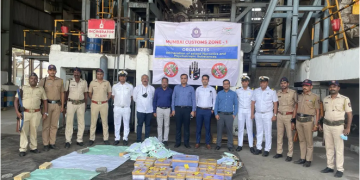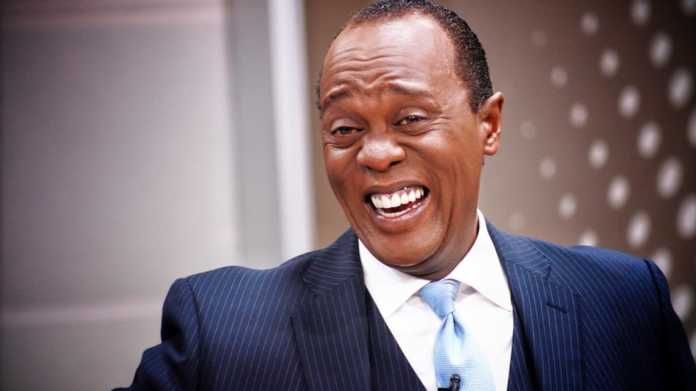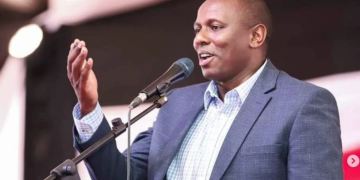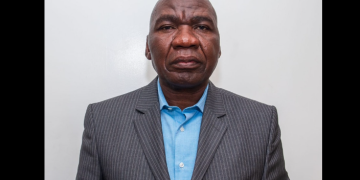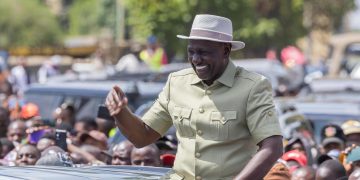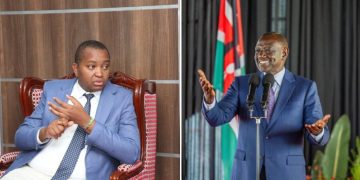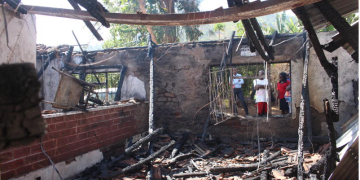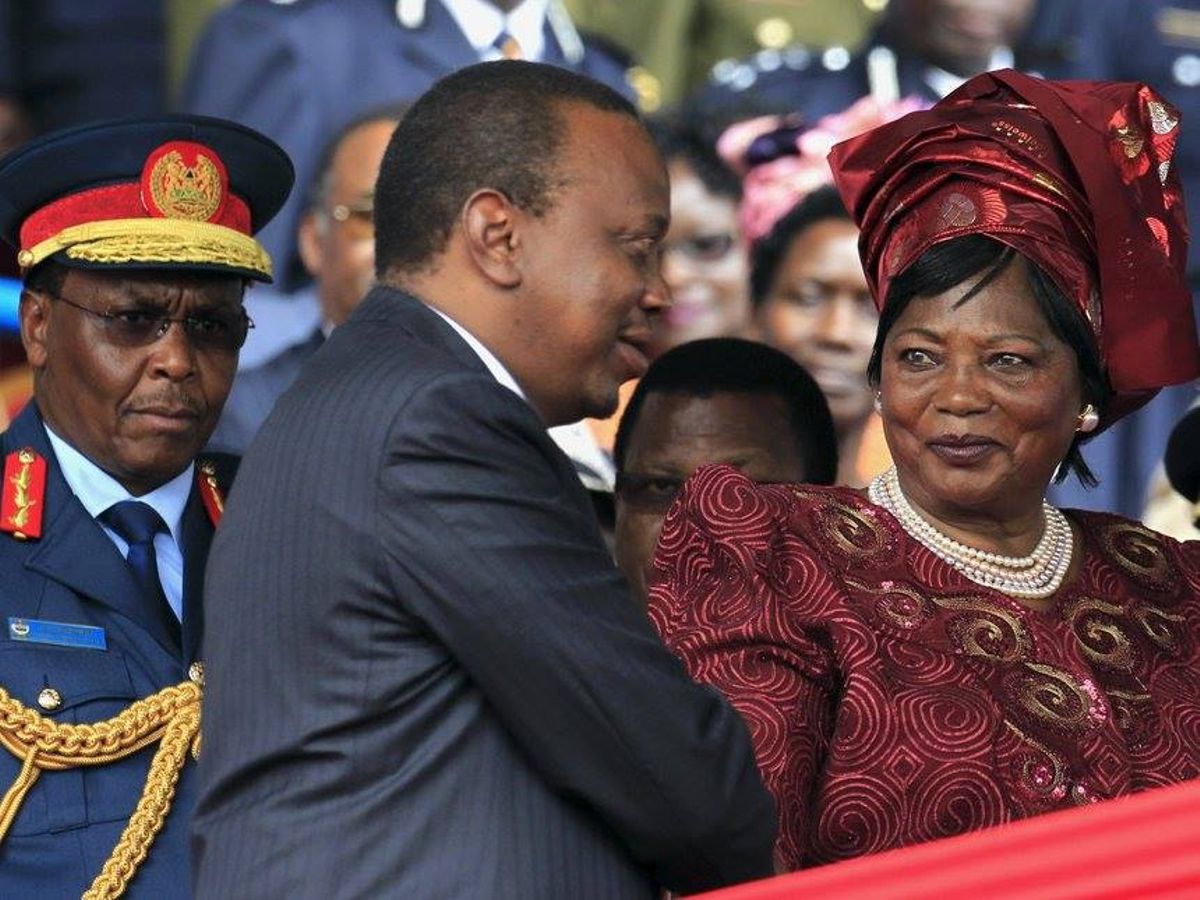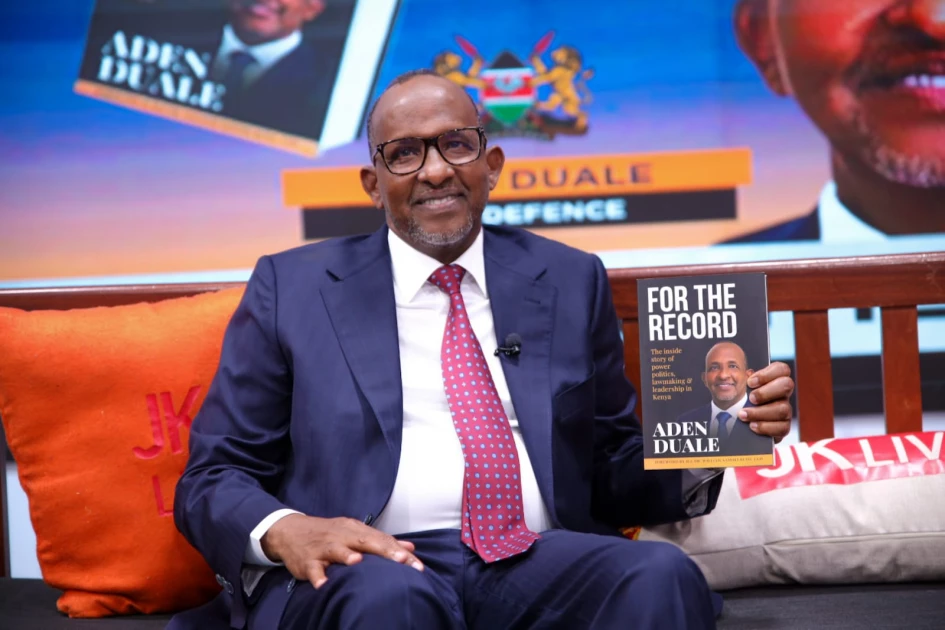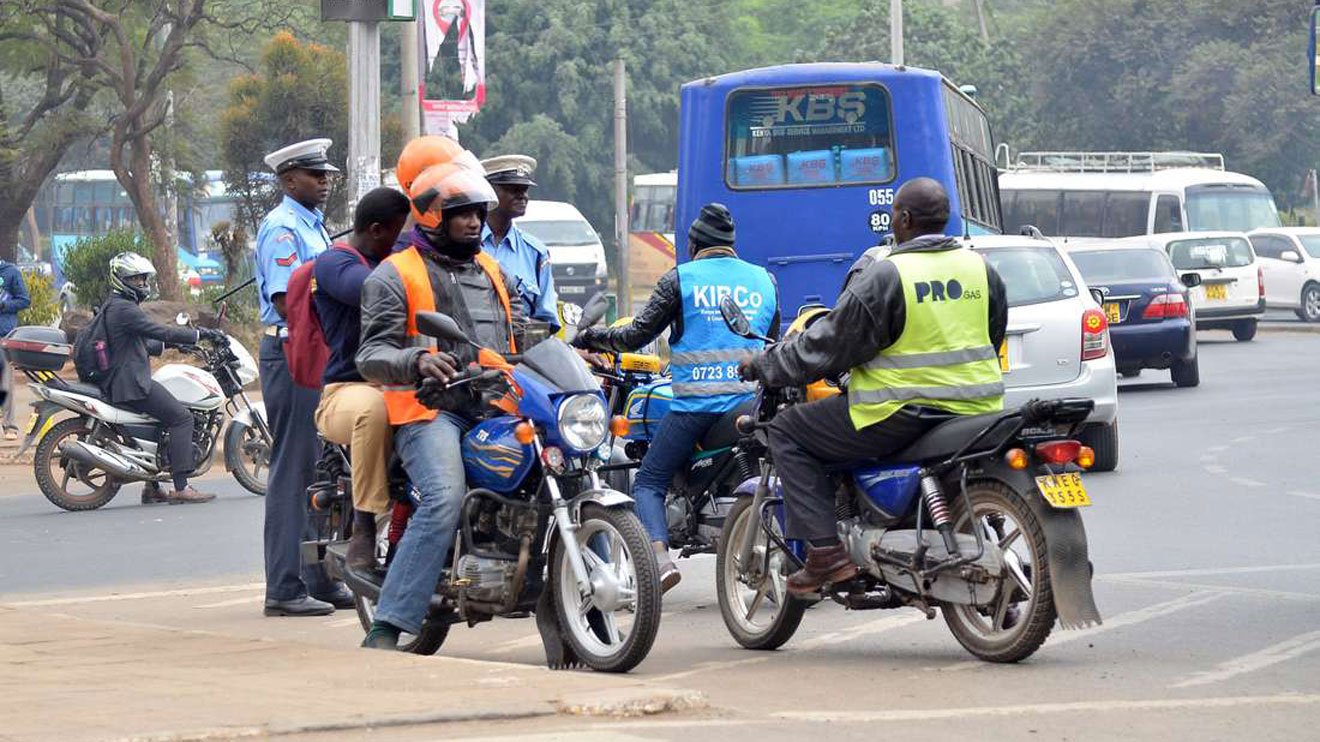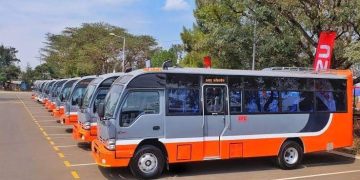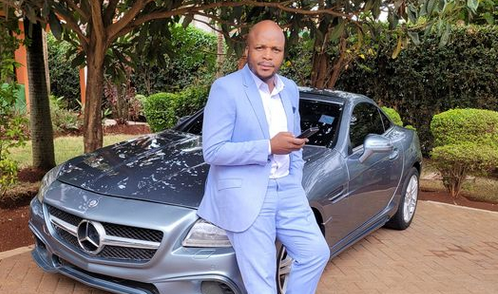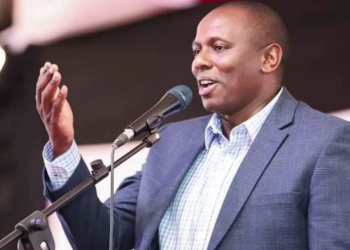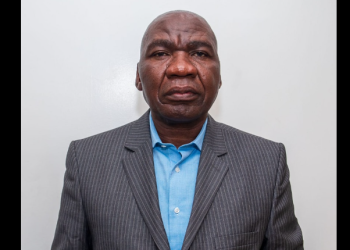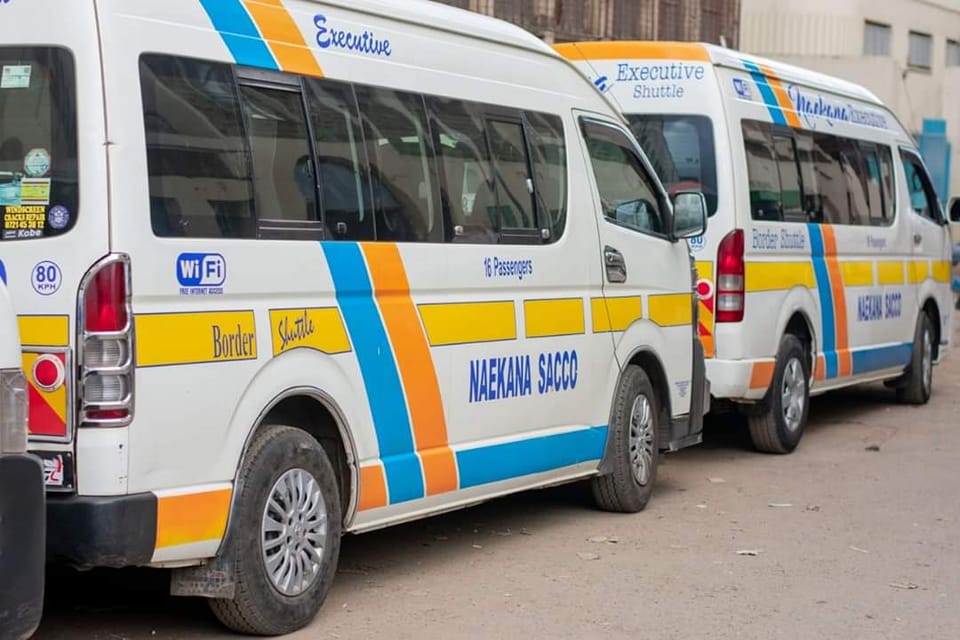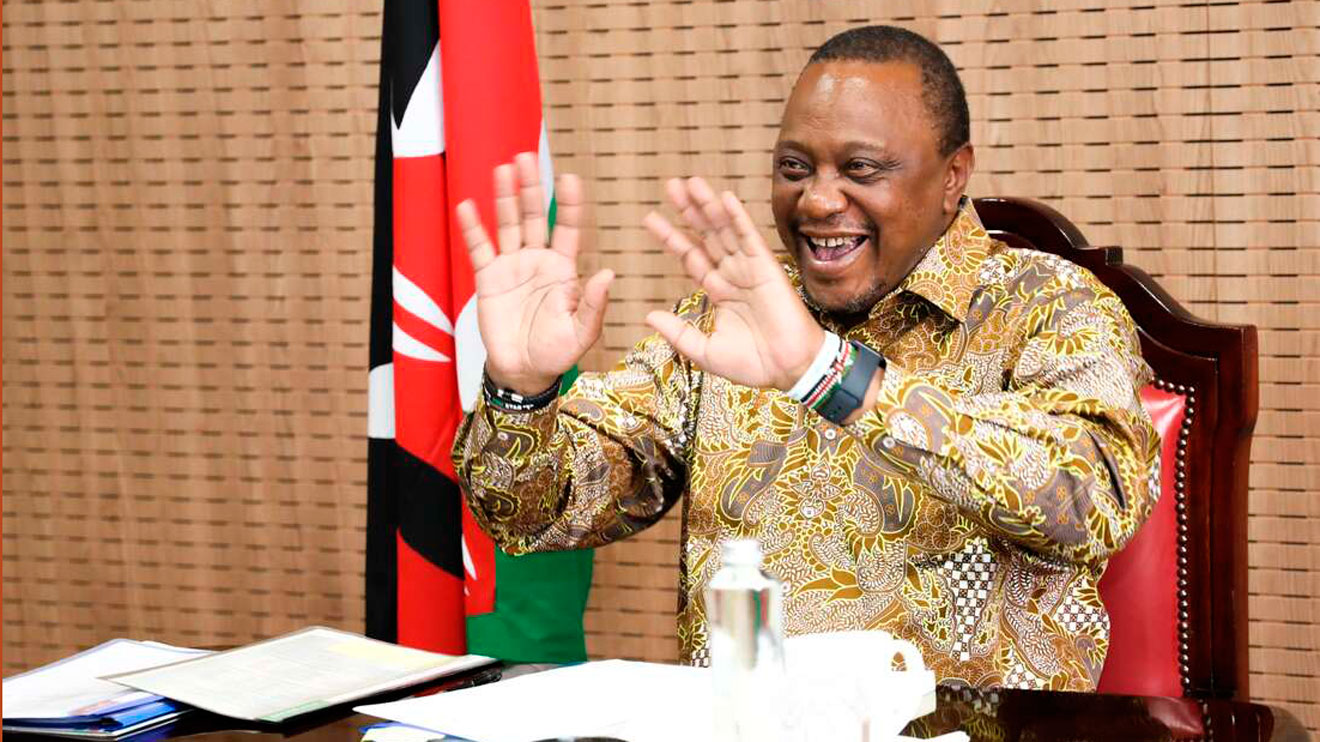Johnson Sakaja, the newly elected governor of Nairobi, said that the general election on August 9 cost him Sh15 million.
During the day of the election, Sakaja said in an interview with Citizen TV’s Waihiga Mwaura that he used the funds to pay agents.

He explained that on election day, he had 3,543 agents stationed throughout all of the polling places in Nairobi county.
“We need to have an electronic transmission for our polls. I have just finished sorting out my agents. It cost me Sh15 million,” Sakaja revealed.
A day’s worth of work was all that the money could cover, he added, and his agents volunteered when the tallying took longer than he had expected.
His wager paid off when Sakaja was proclaimed the victor, receiving 699,392 votes to Polycarp Igathe’s 576,516 votes.
The high cost of Kenya’s politics has significant ramifications for political participation and development, according to a report published in 2021 by the Westminster Foundation for Democracy (WFD) in partnership with The Netherlands Institute for Multiparty Democracy (NIMD).
According to the research, running for a Senate seat costs on average Sh35.5 million, a Woman Representative seat Sh22.8 million, and a Member of Parliament (MP) seat costs Sh18.2 million. The Member of County Assembly (MCA) seat is the least expensive at Sh3.1 million.
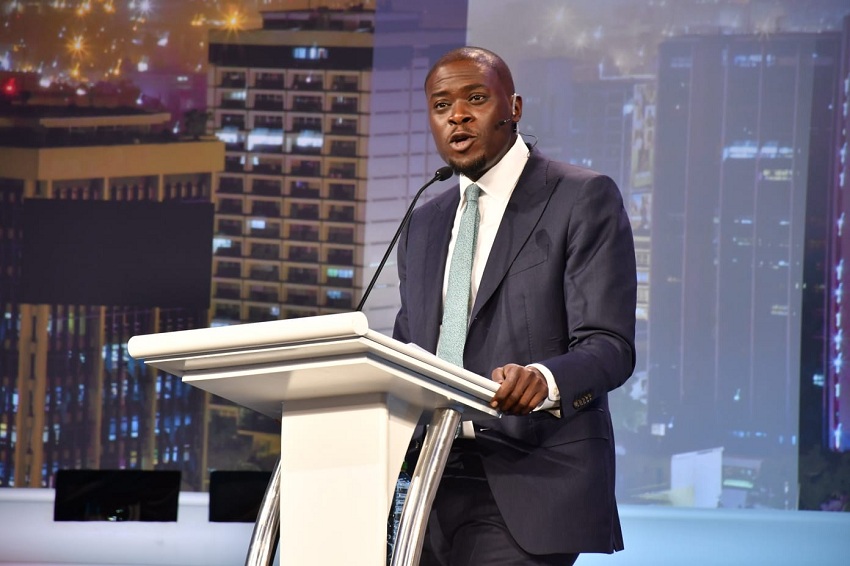
Data gathered from 300 candidates for the 2017 General Elections showed that the majority of these expenses were covered by an individual’s personal resources or with help from friends and family.
Less than 20% of poll participants said their political party gave them money directly. According to the report, a candidate’s chances of winning an election increase with their expenditure level.
Larger political parties rely on the popularity of the presidential candidate in order to win the six slots after the introduction of a new constitution in 2010, which introduced six elected roles accessible in each county.

